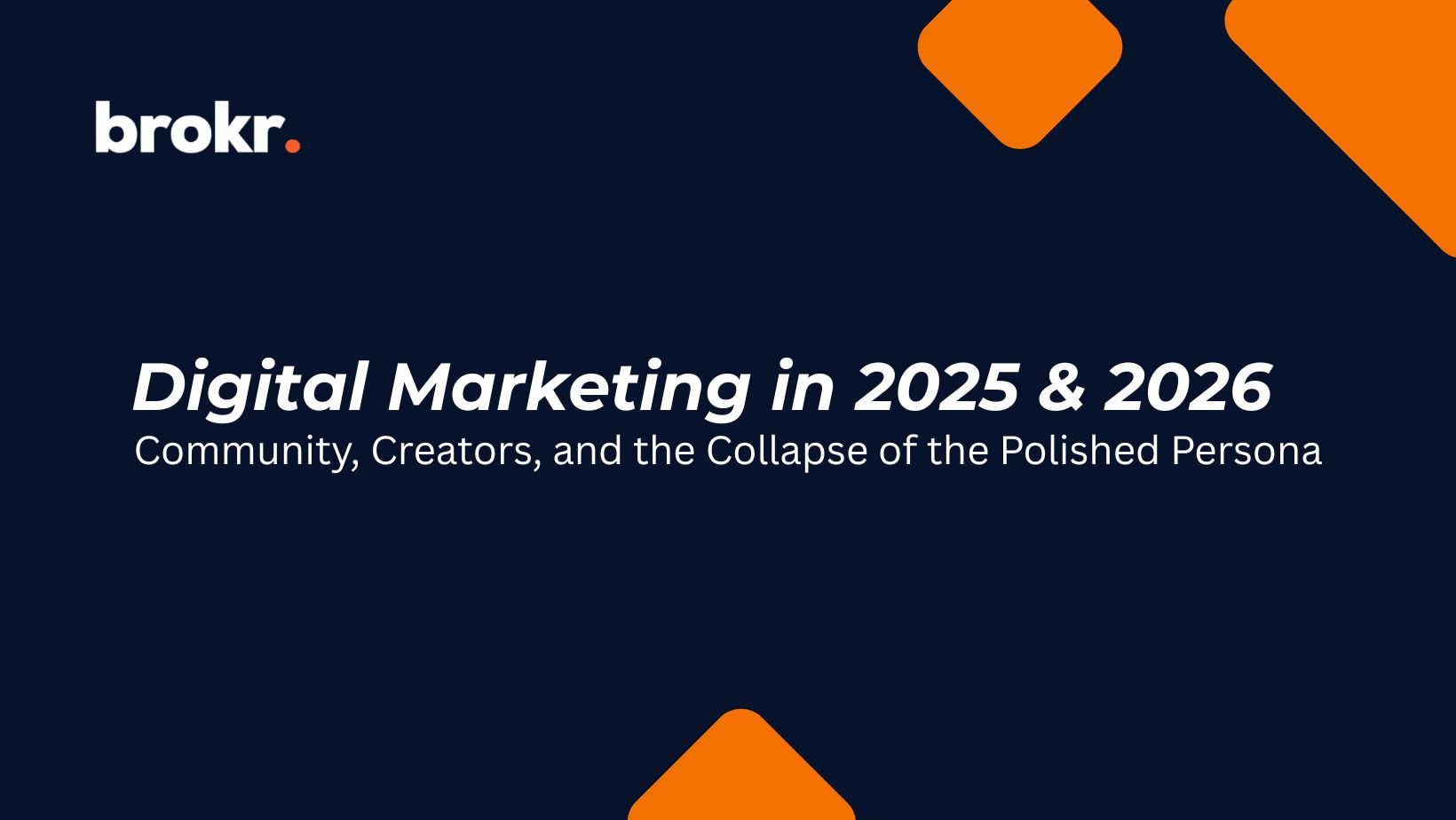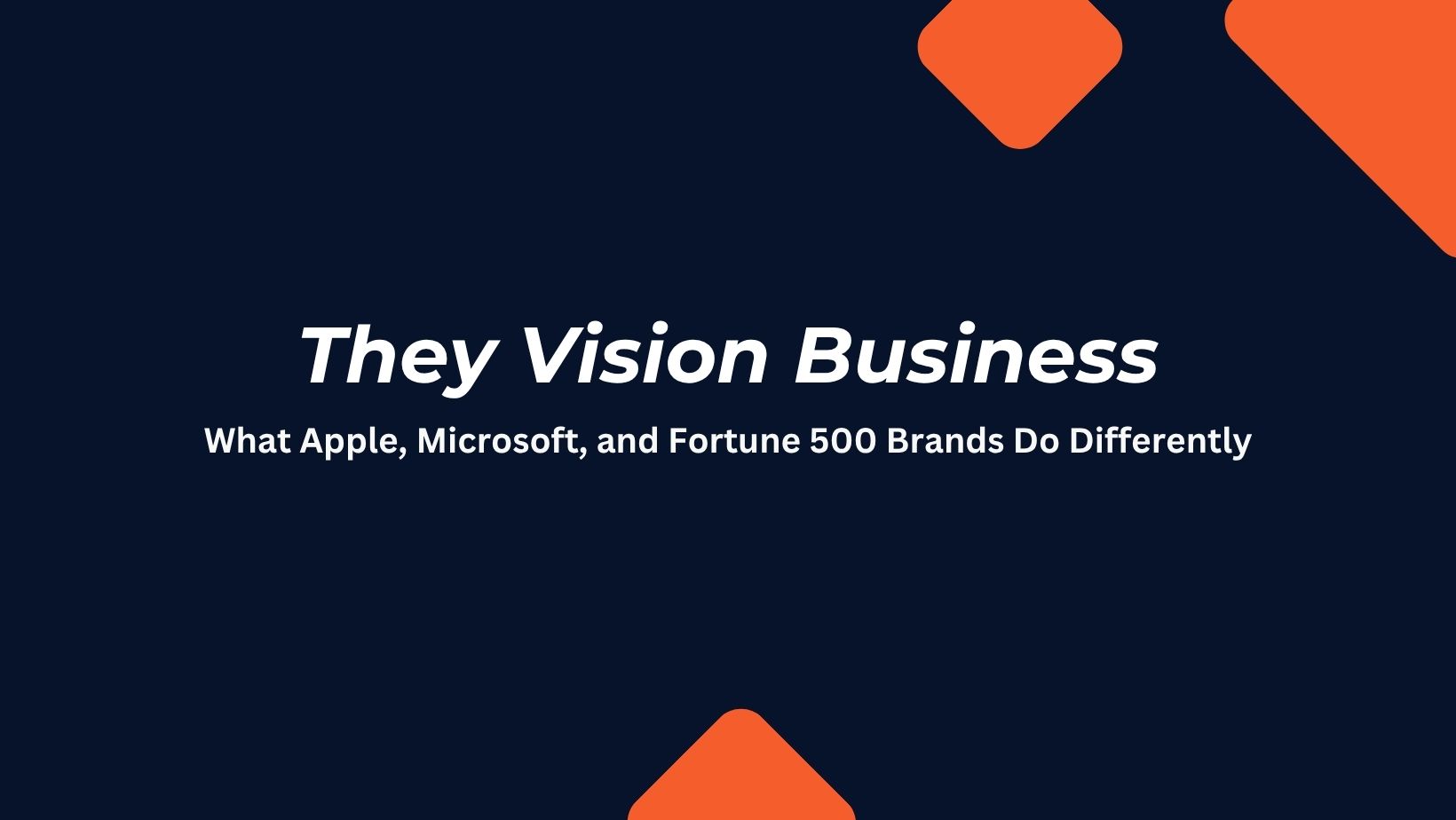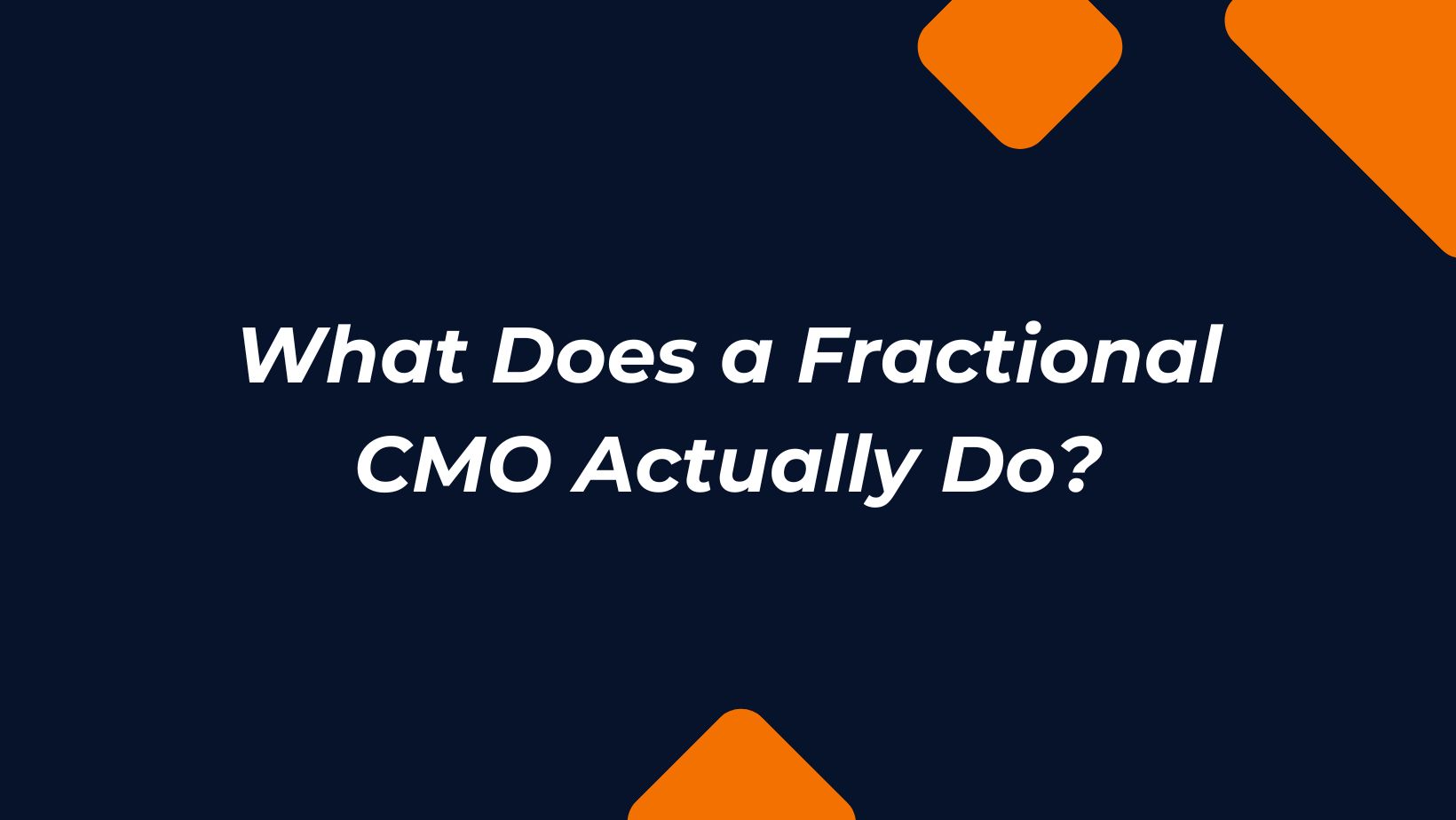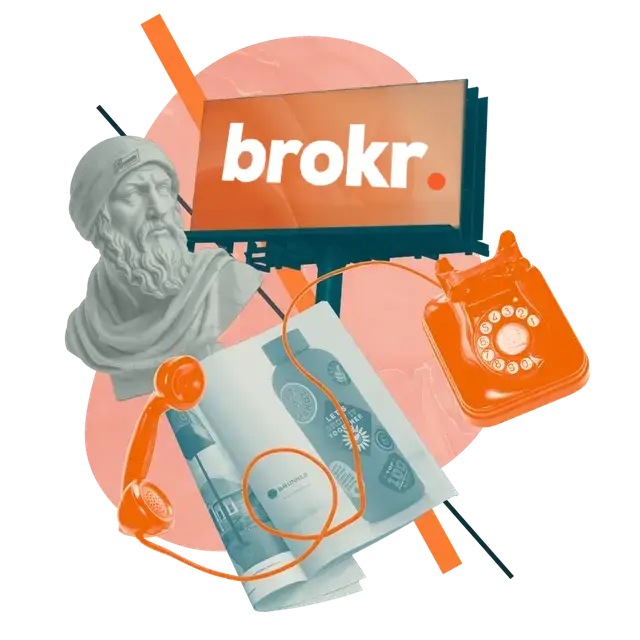Brands need to pay attention — digital marketing is changing forever, and if you’re still clinging to glossy brand perfection and templated “value-driven” content, you’re already behind.
Want proof? Just look at this year’s 2025 Super Bowl halftime show. What was once a polished, highly produced spectacle leaned hard into a more live, raw, and TikTok-native format. Behind-the-scenes cam feeds, real-time fan commentary, and creator collabs made it feel more like a live stream than a legacy broadcast. Why? Because the audience has changed.
Platforms like TikTok have trained us to engage in 15–30 second hits. Some TikTok journalists and commentators now pull in more monthly views than legacy news giants — and the numbers don’t lie. Even the Biden administration has shifted focus, tapping TikTok creators as primary news influencers to reach younger voters.
Midway through 2025, it’s crystal clear: authenticity is king. What’s working now (and what will keep winning in 2026) isn’t high-production gloss — it’s community, connection, and content that feels real.
Here’s what’s shaping the landscape:
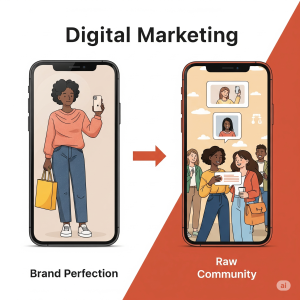
1. Community Is the New Content Engine
Brands are waking up to a truth creators have known for years: audience = asset.
We’re seeing a major shift from broadcasting to an audience to building with one. Think:
- Closed IG or Discord communities
- Brand-powered Reddit AMAs
- Collaborative product drops born from follower feedback
The smartest brands aren’t just collecting likes — they’re cultivating conversations. If your strategy doesn’t include community engagement, you’re not building a brand. You’re building a billboard.
2. Polish Is Out. Personality Is In.
The highlight reel is dead.
Brands that are winning in 2025 are leaning into messier, more human content:
- iPhone-shot videos from the team
- “Here’s what we messed up this week” transparency posts
- Founders jumping into comments without a script
This isn’t sloppiness — it’s strategy. Relatability builds trust. Over-production builds walls. Consumers can smell the filter from a mile away.
3. Creators Over Influencers
The days of throwing money at influencers for a polished 15-second pitch are fading. What’s working now:
- Micro-creators who actually love the product
- Ongoing partnerships that feel natural
- UGC that’s raw, imperfect, and real
People don’t want to be marketed to. They want to see someone like them enjoying your brand on their own terms.
4. AI Is the Copilot — Not the Captain
Let’s clear the air: AI isn’t here to take your job — it’s here to take your busywork.
A lot of marketers are still scared of AI, thinking it’s going to replace them. That’s noise. What it’s actually doing is giving us time back — time we can spend building real relationships, creating standout content, and refining strategy.
Here’s the real win:
AI lets us process data at speeds we’ve never seen before. We can now understand our audiences more deeply, faster, and with more nuance. From real-time sentiment analysis to predictive behavior models, AI isn’t guessing — it’s showing us what actually resonates.
Use it to:
- Repurpose content in seconds
- Analyze massive datasets for targeting
- Summarize customer feedback trends
- Personalize campaigns at scale
But here’s the truth: AI still can’t connect like a human can. It can’t feel. It can’t be intuit. It doesn’t know your audience the way you do.
The best marketers in 2026 won’t be the ones ignoring AI — they’ll be the ones who know how to incorporate AI into their strategy, so they can spend more time where it matters: in the relationship-building zone.
5. Short-Form Still Reigns — But Real-Time Wins
TikTok, Reels, Shorts — if you’re not producing bite-sized, real-time content, you’re invisible.
What’s changed? Speed matters now more than ever. Not just short-form, but immediate-form:
- “What’s trending today?” content
- Live reactions
- Day-in-the-life stories shot on the fly
If it takes two weeks and three meetings to approve a 30-second video, your brand is moving like it’s 2018.
6. SEO Isn’t Dead — It’s Just Different
Let’s talk about the elephant in the digital room: Google’s AI Overviews and the chaos that followed at Google I/O 2025.
The rollout sparked panic — tons of marketers screaming that SEO is dead, visibility is gone, and we’re entering a content apocalypse. Here’s the truth: SEO isn’t changing — people’s behavior is.
Google released a new doc on how to rank well in AI Overviews, and guess what? It’s the same best practices we’ve been preaching for years:
- Create genuinely helpful, people-first content
- Use clear structure (headings, schema, metadata)
- Build topical authority and internal linking depth
If you’ve been doing real SEO — not keyword stuffing or chasing hacks — you’re going to be just fine.
Yes, we’re entering a more “zero-click” world. AI Overviews are going to answer more questions without users clicking through. But instead of panicking, we adapt.
Build for the click and for the brand impression. Own your narrative across more surfaces. Use zero-click moments to earn trust so when people are ready to act, they come straight to you.
Everyone’s losing their minds over it. I’m not. Adapt and overcome — that’s the future. That’s just the fact of our times.
7. Minimalism & Morality Are Making a Comeback
Consumers are tired. Tired of over-promises. Tired of growth-hack spam. Tired of being a metric.
In 2026, expect even more focus on:
- Transparent pricing
- Ethical data use
- Saying less, but meaning more
It’s not just about grabbing attention — it’s about earning it.
8. The Age Breakdown: Who Is Raw Content Resonating With?
This shift toward raw, authentic content isn’t just a Gen Z thing — it’s a cross-generational trend. But some age groups are embracing it faster and harder.
🔹 18–34 (Gen Z + Young Millennials)
- Most responsive.
- Grew up with social media, skeptical of traditional ads.
- Crave transparency, humor, and relatability.
- Prefer behind-the-scenes, casual storytelling from real people (not actors).
🔹 35–44 (Older Millennials)
- Receptive and influential.
- Still appreciate professionalism but value realness.
- Relate to founder-led content, parenting humor, personal struggles.
- Love “real talk” over polish — but prefer a bit more structure.
🔹 45–54 (Gen X)
- Warming up.
- Influenced by kids and culture to accept raw content.
- Engage best with utility-driven or expert-led content that feels honest.
- Value sincerity and proof over hype.
TL;DR:
| Age Range | Raw Content Resonance | Engagement Style |
| 18–34 | 🔥🔥🔥 | Quick, relatable, creator-first |
| 35–44 | 🔥🔥 | Real but structured |
| 45–54 | 🔥 | Honest + helpful |
If you’re marketing across these age brackets, mix it up:
- Use short-form, real-time content to attract.
- Deliver long-form, insightful or expert-led pieces to convert.
The takeaway
The tools are getting smarter, the platforms are evolving, and the strategies are changing — but the core of marketing hasn’t.
Marketing is still about human connection.
The brands who thrive in late 2025 and into 2026 will be those who add:
- Less polish. More presence.
- Less push. More participation.
- Less perfect. More people.
If your marketing still looks like a Super Bowl ad instead of a FaceTime call, it’s time to pivot. The future of digital isn’t digital — it’s human.

